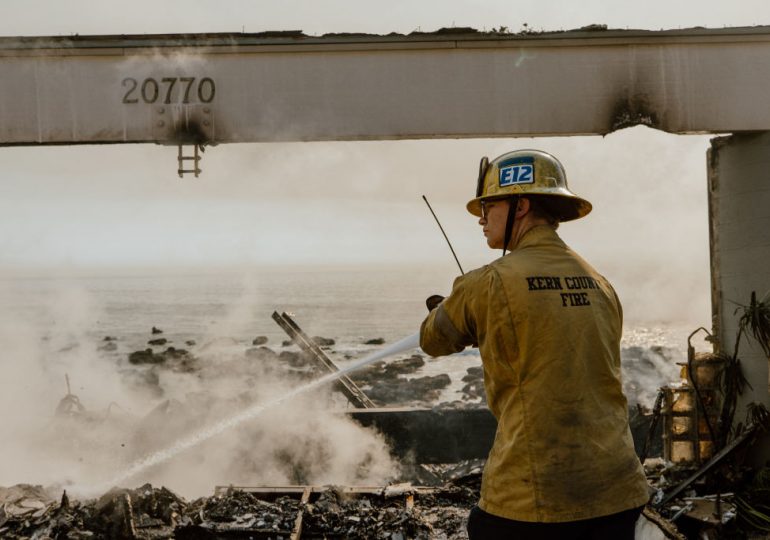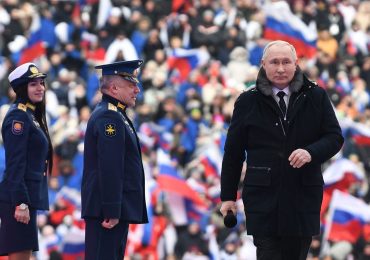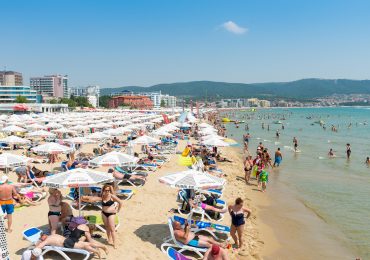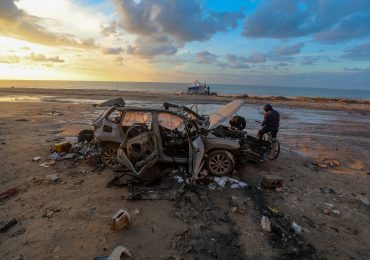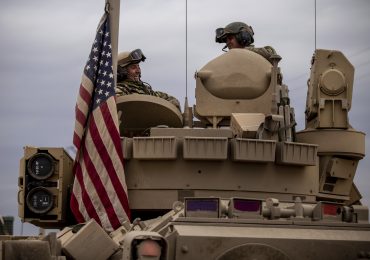In the wake of reports that a lack of water supply may have negatively impacted the work of firefighters battling the multiple blazes in Los Angeles, California Governor Gavin Newsom called for an investigation on Friday, Jan. 10.
“The ongoing reports of the loss of water pressure to some local fire hydrants during the fires and the reported unavailability of water supplies from the Santa Ynez Reservoir are deeply troubling to me and to the community,” Newsom wrote in the letter addressed to Janisse Quiñones, CEO of the Los Angeles Department of Water and Power, and L.A. County Public Works Director Mark Pestrella.
[time-brightcove not-tgx=”true”]
“While water supplies from local fire hydrants are not designed to extinguish fires over large areas, losing supplies from fire hydrants likely impaired the effort to protect some homes and evacuation corridors.”
Newsom posted the letter on X (formerly Twitter), telling his followers: “We need answers to ensure this does not happen again and we have every resource available to fight these catastrophic fires.”
Read More: L.A. Fires Show the Reality of Living in a World with 1.5°C of Warming
Currently, the Los Angeles Fire Department and CAL FIRE are fighting multiple blazes, the most dominant being the Palisades Fire. As of Jan. 12, at least 16 people are thought to have died, according to the Los Angeles Medical Examiner’s Office, thousands of homes have been destroyed, and over 40,000 acres have been decimated.
Soon after the first fire sparked on Jan. 7, reports and concerns began to emerge that the fire hydrants were running dry, after being overstressed without aircraft support.
On Jan. 8, Los Angeles Fire Department Public Information Officer Erik Scott, addressed the “multiple questions” he was receiving about firefighters experiencing challenges with water pressure when fighting the Palisades Fire. He posted on X about how water supply and dry conditions had negatively affected firefighting efforts, despite the fact that the L.A. Department of Water and Power filled all available water tanks in the area.
“[W]ater availability was impacted at higher elevations, which affected some fire hydrants due to limited replenishment of water tanks in those areas,” he wrote. “The extreme demand caused a slower refill rate for these tanks which created a challenge for our firefighting effort.”
In a news conference on Wednesday morning, both Quiñones and Pestrella discussed the struggles with water supply. “We pushed the system to the extreme,” Quiñones said. “We’re fighting a wildfire with an urban water system. And that is really challenging.”
On Friday, the Los Angeles Times reported that the Santa Ynez Reservoir, which helps supply water in Pacific Palisades, was offline for maintenance when the Palisades fire ignited on Tuesday. The 117-million-gallon-water storage is a fundamental tool in sustaining the water system for the residential area.
In a memo posted by the LADWP attempting to combat misinformation regarding water supply, they clarified that “LADWP was required to take the Santa Ynez Reservoir out of service to meet safe drinking water regulations,” but stated that “water supply remained strong to the area.”
They also said that they are “initiating [their] own investigation about water resiliency.”
Read More: How to Help Victims of the Los Angeles Wildfires
Some experts have told the media that “no water system in the world” would have been able to handle the sheer magnitude of fires that have blazed over the course of the week, especially with the strong Santa Ana winds often grounding air support.
According to Newsom, many of Southern California’s largest reservoirs are “currently at or above their historic average storage levels for this time of year.” And while he has ordered for an investigation “into the loss of water pressure to local fire hydrants and the reported unavailability of water supplies from the Santa Ynez Reservoir,” he states on his new California fire facts website—launched on Jan. 11 with the intention of combating misinformation about the fires—that “reservoirs are full and water is available.”
He also reminds readers that “urban water systems are built for structure fires and fire suppression, not hurricane-force firestorms” and that the water supply was “exhausted because of the extraordinary nature of this hurricane-force firestorm.”
Newsom addressed his call for an independent investigation in an interview on NBC’s Meet the Press, which aired on Jan. 12. He was asked what questions he’s hoping to get answered. “The same ones you’re asking…What the hell happened? What happened to the water system…Was it just overwhelmed?” Newsom said. “Did it contribute in any way to our inability to fight the fire? Or were 99 mile-an-hour winds determinative and there was really no firefight that could’ve been more meaningful? So I want—all of us want to know those answers, and I just don’t want to wait because people are asking me. I want to know those facts. I want them objectively determined, and let the chips fall where they may. This is not about finger pointing.”
Throughout the week, there has also been much discussion as to whether budget cuts to the fire department have affected LAFD’s ability to fight the destructive wildfires. Patrick Soon-Shiong, owner of the Los Angeles Times posted on X, criticizing Los Angeles Mayor Karen Bass.
“Fires in LA are sadly no surprise, yet the Mayor cut LA Fire Department’s budget by $23M,” he claimed. “And reports of empty fire hydrants raise serious questions.”
L.A. Fire Chief Kristin Crowley has also criticized the city and Bass, stating on Fox 11 that the budget “was cut, and it did impact our ability to provide service.” She said: “We are still under-staffed, we are still under-resourced, and we’re still under-funded,” and added that she was not aware that the reservoir had been closed before Tuesday. “That is something to discuss, and we’re going to look into that in regard to how we can ensure there’s going to be water when we need it,” Crowley said in the Jan. 10 interview.
Newsom has denied that there were cuts to the firefighting budget. “CA did NOT cut our firefighting budget. We have nearly doubled the size of our firefighting army and built the world’s largest aerial firefighting fleet,” Newsom wrote in a social media post announcing his new California fire facts website.
Read More: Understanding How Massive the L.A. Fires Are
Meanwhile, in a memo Crowley sent to Bass in Dec. 2024, she stated that the elimination of civilian positions and overtime within the department was causing “unprecedented operational challenges” and “severely limited the department’s capacity to prepare for, train for, and respond to large-scale emergencies, including wildfires.”
Bass, who was criticized for being out of the country when the fires broke out, has repeatedly defended her support of the fire department throughout the week, stating in a news conference on Jan. 9 that “the impact of our budget really did not impact what we’ve been going through over the last few days.”
TIME has reached out to the Los Angeles Department of Water and Power and Department of Public Works for comment.
Leave a comment
